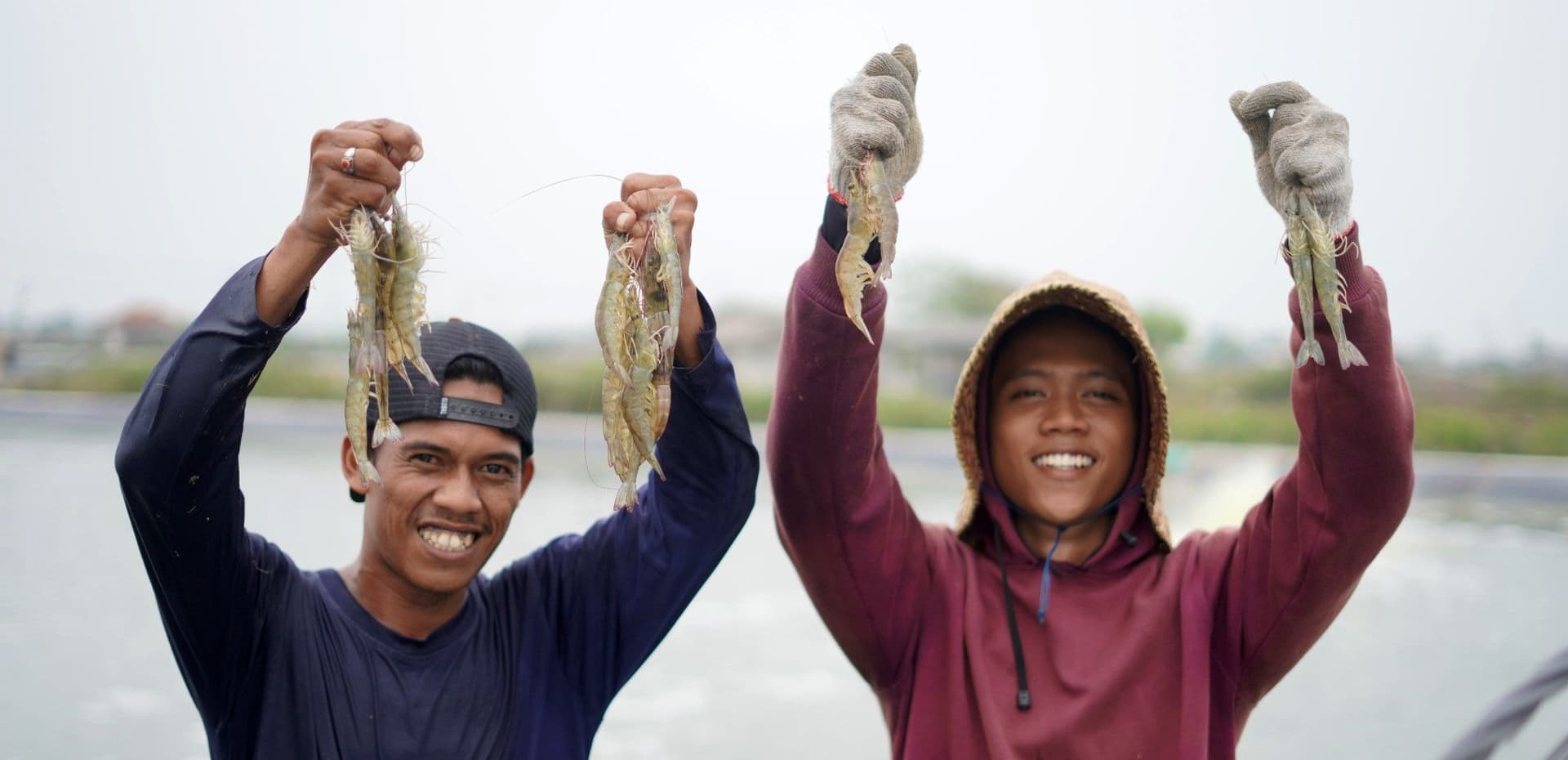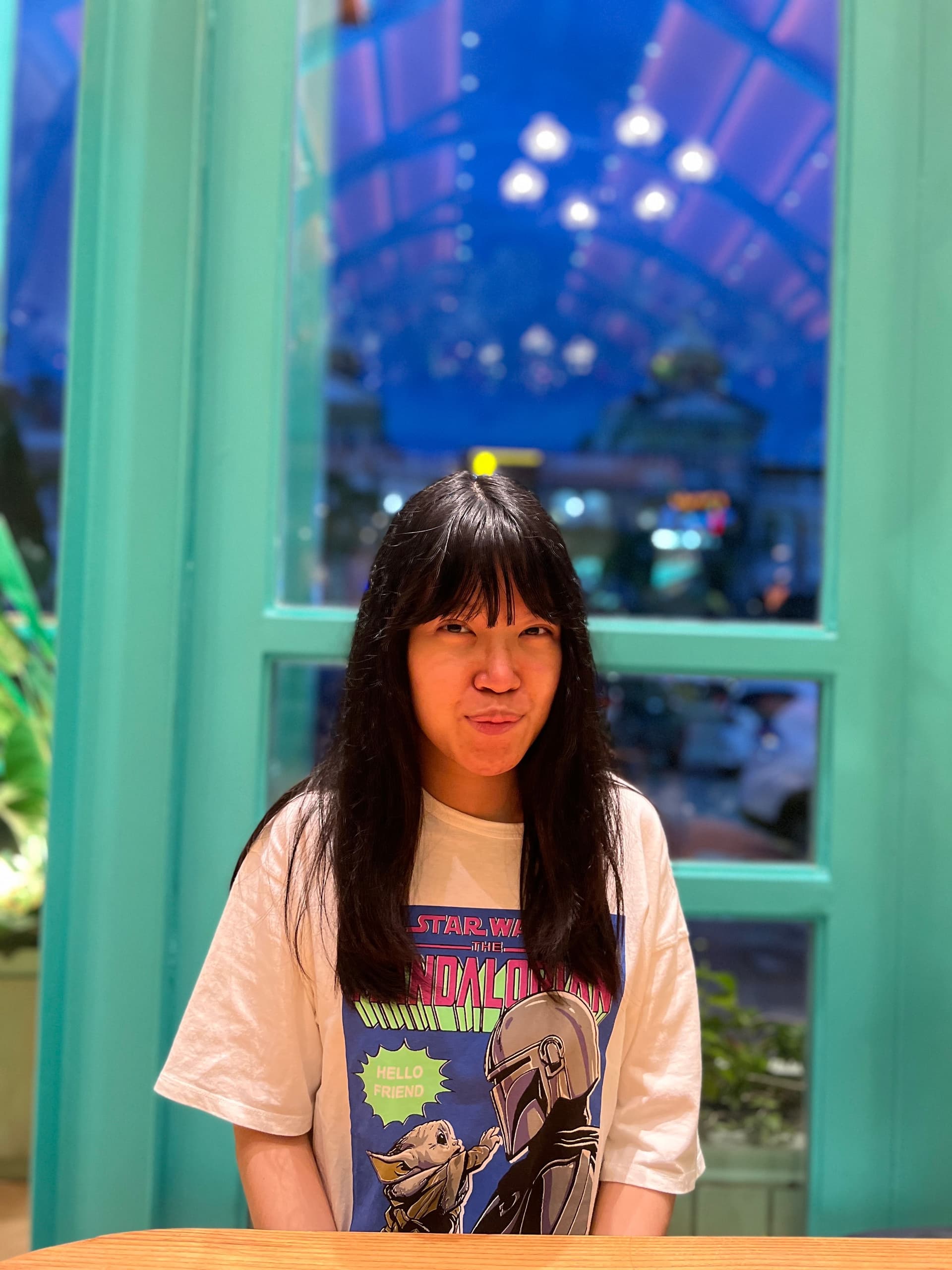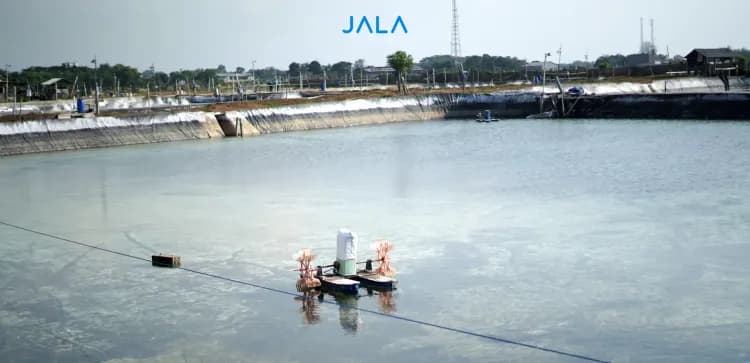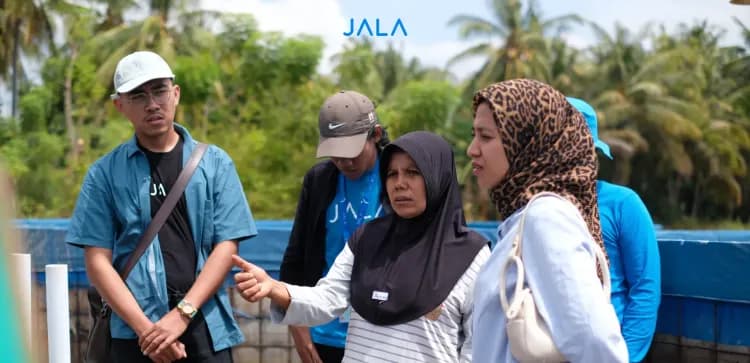
It is no secret that Indonesia is one of the largest shrimp-producing countries in the world. Several regions that contribute significantly to Indonesia’s shrimp production are West Java, East Java, Lampung, West Nusa Tenggara, and South Sulawesi. The shrimp industry in Indonesia has promising potential for further growth, as Indonesia has the longest coastline in the world and considering the high market demand for shrimp. This demand extends not only to the domestic market but also globally. In fact, are you aware that the majority of cultivated shrimp in Indonesia are actually exported?
As mentioned by the Deputy of Maritime Resources Coordination, M. Firman Hidayat last 2022, the foreign exchange earnings from aquaculture exports accounted for 56% and provided employment for 2.2 million people. Furthermore, according to data from the Ministry of Marine Affairs and Fisheries (KKP), shrimp exports in 2022 reached a volume of 240,000 tons with an export value of 2.16 billion US dollars. As a result, Indonesia ranks as the fourth largest shrimp-exporting country in the world after Ecuador, India, and Vietnam.
Made possible by shrimp farmers
Indonesia's ability to have such a high rank in the global export market is certainly made possible by shrimp farmers who play a crucial role in the shrimp cultivation industry. Throughout their cultivation journey, shrimp farmers face various challenges that hinder productivity, such as shrimp diseases. Not only that, shrimp from other countries may have higher competitiveness due to better quality and lower prices, presenting more challenges to Indonesian farmers to cultivate with lower production costs while increasing shrimp quality.
Thus, it is essential for both farmers and farm owners to engage in comprehensive cultivation management. This includes regularly monitoring shrimp conditions and water quality, as well as improving feed efficiency. Inefficient use of feed, where the amount provided is not reflected by shrimp's weight, leads to increased production costs and further decreases Indonesia's shrimp competitiveness in the global market.
JALA’s commitment to help shrimp farmers
Fully acknowledging the challenges faced by shrimp farmers, JALA is #HeretoHelp as an end-to-end shrimp farming solution. sebagai solusi end-to-end budidaya udang. With JALA App, our shrimp farming management application, farmers can record daily data from their ponds to gain a better understanding of their pond conditions, receive the latest cultivation tips, as well as monitor shrimp prices in their region. Moreover, JALA also provides access to cultivation supplies and harvest, making it easier for farmers to manage their cultivation process from beginning to end.
In the midst of an increasingly competitive global market, Indonesian shrimp farmers are not only challenged to increase production but also improve quality. JALA greatly appreciates all Indonesian farmers who have been striving to do their best for each of their ponds.
Increasing productivity and competitiveness of Indonesian shrimp goes beyond the efforts of individual farmers. It requires full support and involvement from all parties, from the government to everyone involved in the shrimp industry, particularly the innovative and persistent younger generation. Whatever your role in the shrimp industry may be, let's strive for the best and reach a more productive and sustainable shrimp industry!





